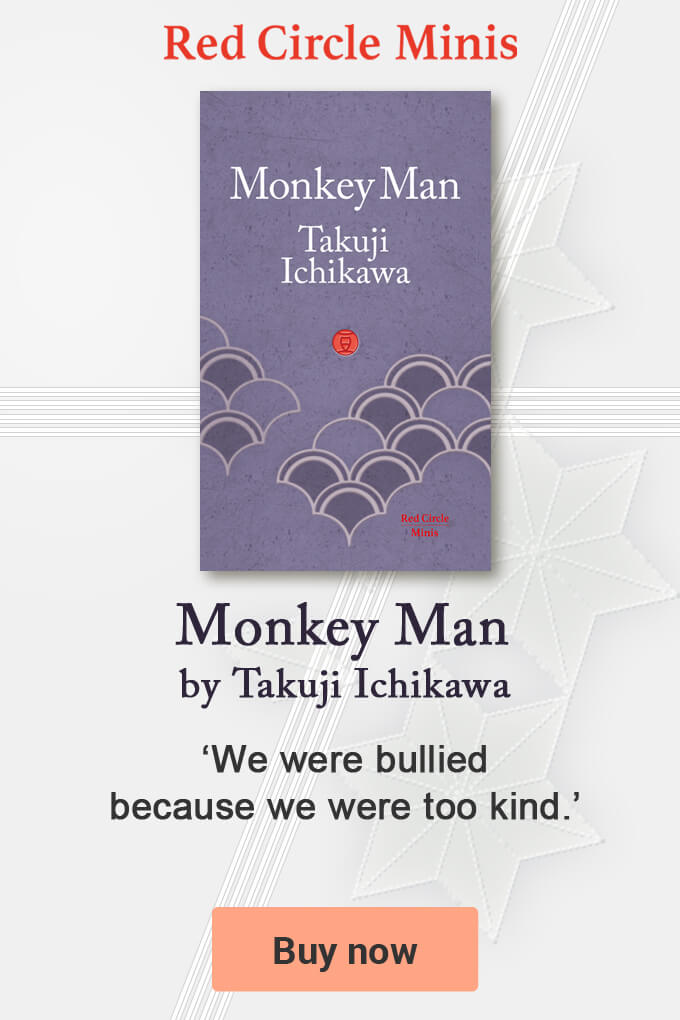Jiro Akagawa and
Kaoru Kurimoto are Japan’s most prolific authors and have written around 1,000 titles between them.
Akagawa has written more than 530 books and sold millions of copies. His first published short story in 1976
Yūrei Ressha,
Ghost Train, which was awarded the All Yomimono Mystery Prize for New Writers, helped launch his career.
Akagawa’s two major series are: the
Mike-Neko Holmes, Holmes, the Tortoiseshell Cat,
series, which contains 35 novels and 14 collections of short-stories and the series;
Three Sisters Investigates, which includes 23 novels. He has won and been nominated for many important literary prizes and had his books adapted for film and made into video games. At pixel time he continues to write.
Kaoru Kurimoto (1953-2009) wrote more than 400 books, but also had a second pen name Azusa Nakajima. When books published under both names are added together she probably wrote approximately 500 titles. Her most famous series is a 130-volume series called
Guin Saga. The series has sold in the millions.
Like many other famous Japanese authors, she studied literature at Wasada University. She wrote across different genres and won several literary prizes including the Edogawa Rampo Prize and the Gunzo Prize for New Writers.
Another prolific Japanese author from a much earlier period is
Kyokutei Bakin (1767-1848) who wrote 470 books with titles such as:
Strange Tales of the Crescent Moon and
The Chronicles of the Eight Dog Heroes of the Satomi Clan of Nanos, which took almost three decades to compete and consists of 106 volumes. This work by Bakin has been highly influential and adapted many times. Yukio Mishima (1925-1970), for example, one of Japan’s most internationally famous authors, adapted it for
kabuki, and it has been adapted for
anime as well.
In comparison, the British author
Barbara Cartland (1901-2000) published 722 books, an estimated one book every 40 days during her career.
Agatha Christie (1890-1979), another British author, who is often cited as the World’s most published and translated author, wrote 19 plays and 69 books.
Christie is reported to have sold 4 billion books, four times the number of books distributed in Japan each year. Cartland and Christie are both listed in the
Guinness Book of Records.
Corin Telledo (1927-2009) is also listed and is considered the most read author in the Spanish language and successful author in terms of the number of Spanish language books written and sold. She published thousands of novellas during her career, mostly romances.

